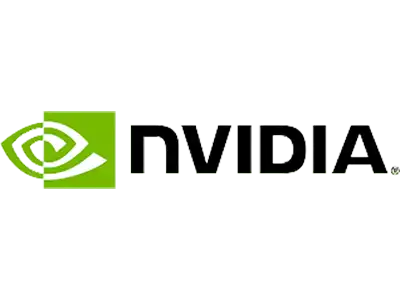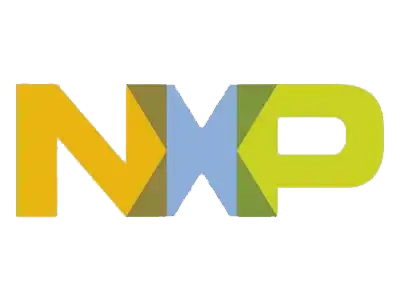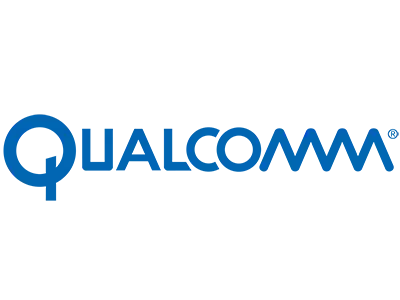Executive Summary
In modern aviation, ensuring safe and accurate landing, especially under low-visibility conditions, is paramount. Our latest whitepaper, Aids to Approach and Landing in Aviation, explores the critical technologies that guide aircraft during the most crucial phases of flight viz approach and landing.
This comprehensive guide delves into the core navigation aids (Navaids) that support pilots in aligning with runways and executing safe landings. Instrument Landing System (ILS) is a globally adopted system offering precise lateral and vertical guidance using localizers, glide slopes, and marker beacons. Microwave Landing System (MLS) is a flexible, high-precision alternative to ILS, ideal for challenging terrains and STOL aircraft, offering wider coverage and resistance to signal interference. Ground-Controlled Approach (GCA) is a radar-based system where air traffic controllers guide pilots via verbal instructions which is now largely replaced by automated systems due to its limitations.
The whitepaper also compares the operational categories of ILS (CAT I, II, IIIa/b/c), highlighting their capabilities in terms of decision height and runway visual range. Further, this paper explains the technological principles behind each system, their advantages, and the scenarios where one is preferred over another.
Whether you are an avionics engineer, pilot, or aerospace enthusiast, this whitepaper offers valuable insights into how these systems work together to ensure safe landing in all weather conditions.
Key Highlights

- Precision Landing with ILS
- ILS Categories: CAT I to CAT IIIc Explained
- Marker Beacons: Distance Awareness in Descent
- MLS: Flexible Guidance for Challenging Terrains
- GCA: Manual Radar-Based Approach
- MLS vs ILS: Coverage, Compatibility & Cost




